ENTER THE VOID (2009)
An American drug dealer living in Tokyo is betrayed by his best friend and killed during a drug deal... but his soul, observing the repercussions of his death, seeks resurrection.
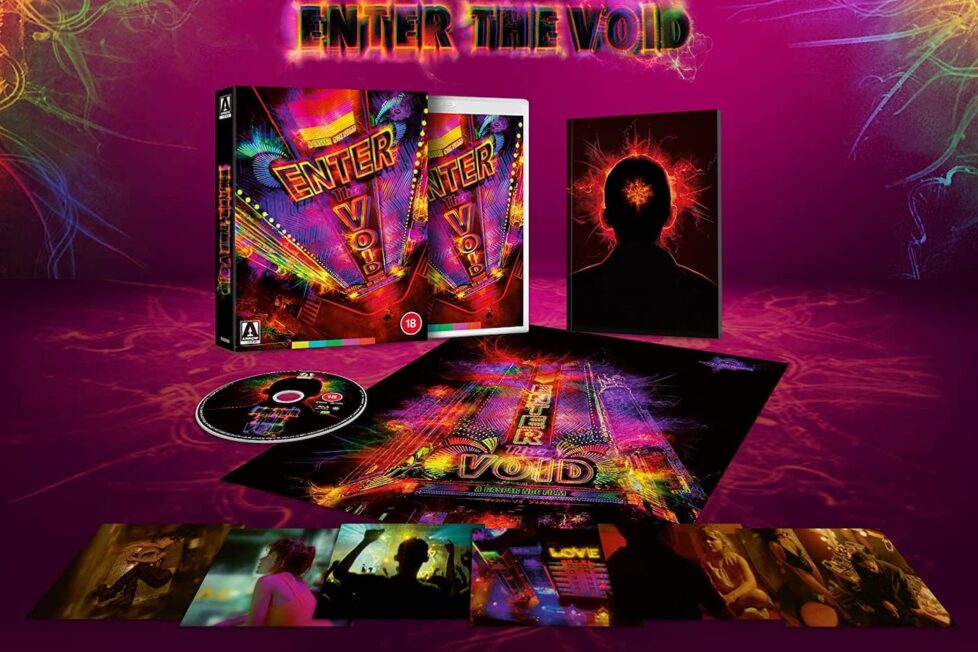
An American drug dealer living in Tokyo is betrayed by his best friend and killed during a drug deal... but his soul, observing the repercussions of his death, seeks resurrection.


In the wake of the French New Wave, a new kind of cinematic movement began taking shape at the turn of the millennium. While combining the distant genres of arthouse and horror, the movement sought inspiration from a range of eclectic directors—including Jean-Luc Godard (Breathless) and Andrzej Żuławski (The Possession). Known as ‘New French Extremity’, filmmakers began showing more than just the physicality of violence and explored the ensuing physiological devastation. Distinguished by its portrayals of sexual assault, unsettling violence, and a myriad of disorientating techniques, it was unapologetically transgressive. James Quandt described it as “cinema that champions the intense, the violent, and the taboo, and provokes feelings of extreme physical and mental states.” Although New French Extremity was widely condemned due to its intense displays of nudity and violence, it pushed the boundaries of what was considered socially acceptable in cinema.
Gaspar Noé is perhaps rivalled only by Michael Haneke (Funny Games) and Lars von Trier (Antichrist) in his ability to manipulate formal cinematic conventions to provoke. Since his debut feature I Stand Alone (1998), the filmmaker’s built his notoriety through controversy. Irréversible (2002) is perhaps his most controversial and unsettling feature due to its graphic and uncompromising scenes of rape and violence. Although it was met with both critical acclaim and disdain, it famously prompted mass walkouts during its premiere at Cannes Film Festival. Whether audiences enjoy or loath Noé’s work, few can disagree he consistently delivers invigorating experiences. Enter the Void depicts his most intimate and abstract thoughts that take his audience on a hallucinogenic journey between various stages of death and reincarnation. Although his third feature may not be as overtly provocative as his previous efforts, it’s significantly more audacious.
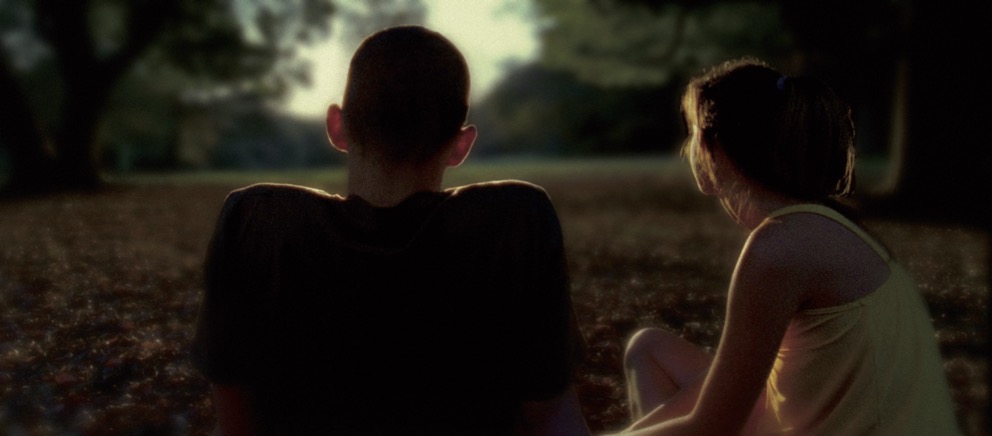
Set in the seedy underbelly of Tokyo, Oscar (Nathaniel Brown) is a young American drug dealer living with his sister Linda (Paz de la Huerta). While on a risky drug deal with his friend Alex (Cyril Roy), Oscar meets Victor (Olly Alexander) at the nightclub ‘The Void’. Startled that their secretive meeting’s been invaded by the Japanese police, Oscar barricades himself in a nearby bathroom, and while attempting to lose the drugs, he’s fatally shot by a cop. And as his lifeless body lies on the floor of a public toilet, his consciousness rises through the ceiling and witnesses the aftermath of his death, allowing Oscar to piece together exactly how his journey in the afterlife will conclude.
As demonstrated with I Stand Alone and Irréversible, Noé’s penchant for extreme content and unconventional filmmaking techniques will forever remain divisive amongst audiences and critics alike. Those familiar with his oeuvre will be aware of his provocative mixture of psychedelic visuals, sexual fetishes, and philosophical inquiries. While Enter the Void lacks the thematic cohesion featured in his previous work, he delivers an uncompromising visual experience. Inspired by Robert Montgomery’s Lady in the Lake (1947), the audience observes the narrative unfold from Oscar’s perspective.
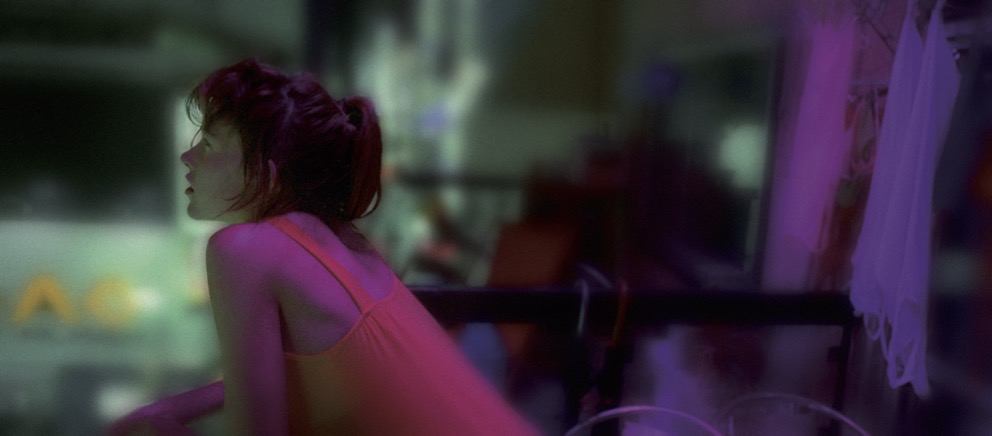
Noé fully adheres to this aesthetic entrapment, intrusively darkening the screen intermittently to reflect the character blinking. Whereas when Oscar first smokes the psychedelic drug dimethyltryptamine (DMT), the audience becomes submerged in the character’s hallucinations. Drawing inspiration from Kenneth Anger’s Inauguration of the Pleasure Dome (1954), Noé drenches the screen with neon lighting and saturated molecular kaleidoscopic patterns. The disorientating synthesis of images and sounds may be the most accurate documentation of a psychedelic journey ever captured on celluloid.
Although Enter the Void may be too experimental to gain acceptance amongst a mainstream audience, Noé’s masterful craftsmanship cannot be denied. He constantly breaks away from the typical conventions of film and simultaneously combines juxtaposing visuals with obscure compositions. The arousing visual techniques explored in Irréversible are heightened as Benoît Debie’s (Climax) boundlessly inventive cinematography unleashes an astounding amount of visual flourishes. Tokyo is portrayed as a neon wonderland of hedonism, broken dreams, and sexual desires. There are several lengthy uninterrupted sequences as the camera assumes the perspective of Oscar’s soul. As the protagonist’s disembodied spirit drifts to a euphoric state, the ghostly voyeur aimlessly wanders over the lurid Tokyo skyline. The camera begins roaming the streets before permeating the walls of his friend’s apartments as they deal with his unexpected death. It’s a flawless combination of practical sets and digital effects subtly edited to create a mesmerising stream of consciousness that creates the illusion of a single take.
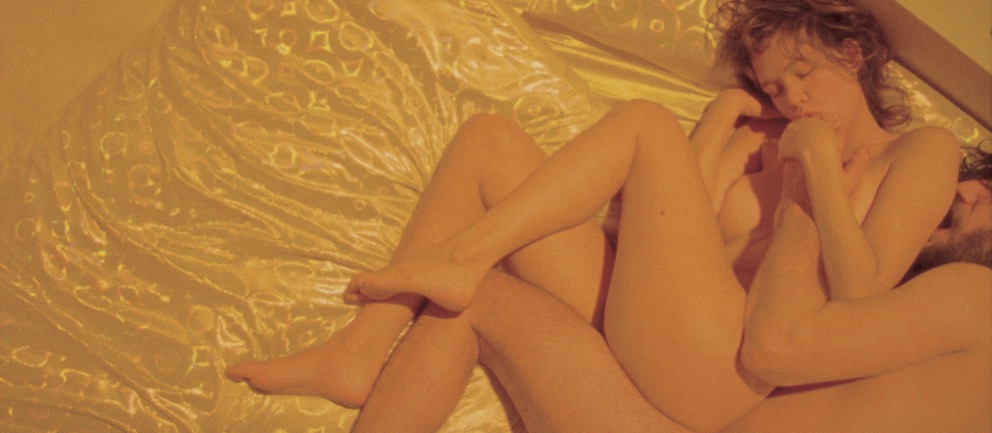
Unfortunately, Noé’s preoccupation with provocation detracts from the cinematic visual splendour. Although there’s no attempt at revisiting the controversial territory explored in Irréversible, he can’t resist subjecting his audience to some startling imagery. The opening credit sequence is a sensory overload filled with incessant strobe lighting and pulsating electronic music. Dressed in a variety of languages and colours, the onscreen text is splintered into fragments making it impossible to decipher. This epileptic concert is designed to foreshadow the uncompromising visual and aural banquet that follows. Noé forces upon the audience a plethora of gratuitous stomach-churning sequences that will undoubtedly provoke a visceral reaction. There are countless amounts of unsimulated sex scenes, an explicit abortion, and intercourse from the perspective of a woman’s womb. How shocking one finds Enter the Void will depend on your previous experiences viewing nauseating cinema. However, this onslaught of monotonous technical gimmicks and purposeless vulgarity will undoubtedly force the less seasoned viewer into submission.
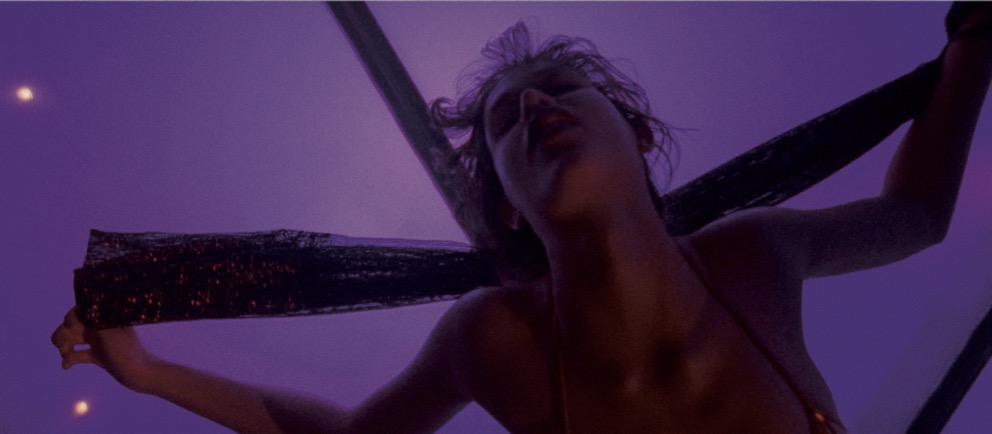
What should be the emotional centre of Enter the Void is the unbreakable love between brother and sister. However, Noé’s desire to unsettle his audience grows steadily more transgressive as he focusses on the incestuous relationship between Oscar and his sister. Their tranquil childhood was torn apart after the deaths of their parents in a horrific accident. The pair forged a powerful sibling bond and promised never to leave one another. Oscar fulfils his childhood promise and invites Linda to join him in Tokyo after raising money dealing drugs. Following her brother’s death, Linda’s desperate desire for affection is exploited by the men around her. Oscar’s disembodied soul watches her have meaningless intercourse as she descends into Tokyo’s seedy underbelly. He eventually invades the body of a man making love to her and impregnates her. One could argue that Noé is attempting to communicate Oedipal and Freudian themes through Oscar’s traumatised subconscious. However, the filmmaker seems more interested in provoking the audience with a barrage of graphic imagery and incestuous subtexts.
Ultimately, Enter the Void is a perfect example of how cinema can manipulate audiences and create visceral experiences. Although it lacks any substantive discourse, Gaspar Noé sends viewers on a psychedelic journey that can only be described as truly mesmerising. Other filmmakers have attempted the first-person narration before but it has never been as effective as it is here. There’s no denying the filmmaker’s astonishing mastery of the medium and those willing to succumb to the hallucinatory excess will find Enter the Void inescapably captivating. However, the painfully elongated 160-minute runtime makes it an ostensibly heavy and draining experience. Noé’s continuation of crossing boundaries of good taste seems self-indulgent and is legitimately unnerving. Psychedelics are noted for inducing a euphoric state, but beyond the surface, there’s precious little joy to be found here.
JAPAN • FRANCE • GERMANY • ITALY • CANADA | 2009 | 161 MINUTES | 2:35:1 | ENGLISH • JAPANESE

Filmed with Gaspar Noé’s distinct visual flair, Enter the Void benefits nicely from Arrow Video’s 1080p presentation. The aspect ratio of 2:35:1 fully utilises the filmmaker’s unorthodox techniques and Benoît Debie’s cinematography. Perhaps the most striking aspect is the vibrant colour palette that truly compliments the psychedelic atmosphere. Primaries are bold and dynamic in conjunction with the gritty visual aesthetic. The variety of fonts and pulsating lights during the opening sequence is incredibly crisp and vivid. Whereas the serpentine tendrils during the hallucinogenic sequences are beautifully realised and leap from the screen. Against the dark backdrop, the vibrant neons create an authentic psychedelic experience similar to Stanley Kubrick’s 2001: A Space Odyssey (1968).
The opening title card warning viewers suffering from epileptic seizures shouldn’t be taken lightly. Although contrast levels mostly remain consistent, there’s a noticeable fluctuation of saturation during the intermittent flashback sequences. Unfortunately, the 1080p image lacks any truly fine detailing due to the use of diffusion filters and colourful lens flares. Every frame has been digitally altered and features soft edges and strobes of colour that were intentionally introduced during post-production. When compared to contemporary releases, Enter the Void lacks pristine quality due to the healthy amount of grain. However, one can only assume this was Noé’s intent considering he captured the majority of the footage on 16mm.
Enter the Void boasts an optional lossless DTS-HD Master Audio 5.1 and PCM 2.0 audio tracks. Like the visuals, the audio is an assault on the senses. Most of the experience lies within the electronic soundtrack from Daft Punk’s Thomas Bangalter (Tron: Legacy). From the opening credits, the music is loud and punchy with an intense mix of heavy bass and deep synths. The audio remains front-heavy for the majority of the runtime and makes incredible use of the subwoofer. Sound effects are dispersed evenly throughout the soundstage as Tokyo rings with passing cars and heavy footfall. Whereas the supernatural floating sequences are filled with whirling echoes that create an almost hypnotic atmosphere. Unfortunately, the rear channels aren’t used as frequently as one would expect and the dialogue lacks definition.

director: Gaspar Noé.
writers: Gaspar Noé & Lucile Hadzihalilovic.
starring: Nathaniel Brown, Paz de la Huerta, Cyril Roy & Olly Alexander.
